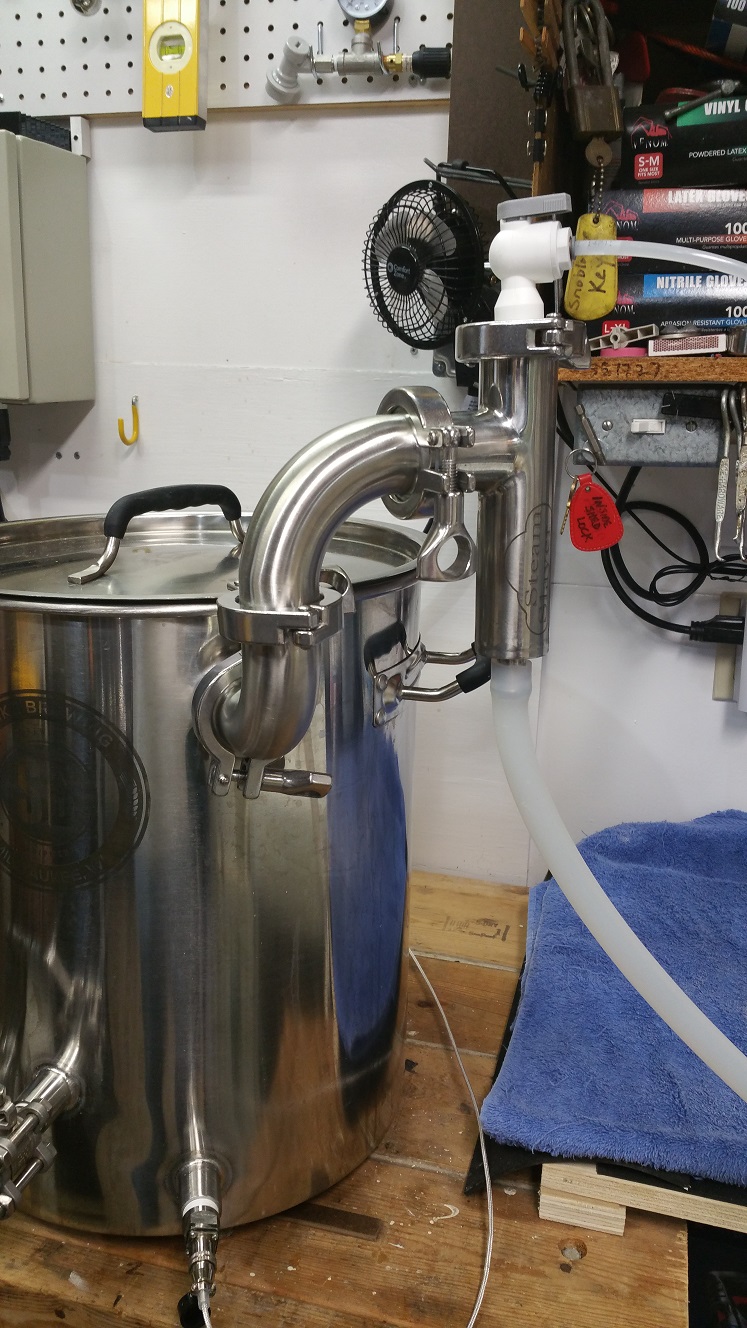Hello - I'm going through a process now of trying to figure out how to convert my was propane rig to electric. After moving to Colorado my outdoor brewing ability it severely hampered by mother nature so electric would allow me to go indoors without need for ventilation or make-up air.
That said - my current setup is two 45-gallon kettles (mash/boil) and a 30 gallon HLT. I also have an external HLT that is already electric - 50-gallon capacity and uses a 5500 watt element on a totally isolated circuit.
If I go through with this - I'm thinking I'd probably use RIMS to heat the mash. HERMS is an interesting proposition too I'm not against but RIMS seems like it's going to be a better solution and I've noticed most setups this size use RIMS.
Batch size wise - typically I'm not boiling over 25 gallons and that is rare. I just happen to have larger kettles because I like the bottom drains.
Is there any practical guidance on sizing the elements? I know the math approach and factor of time. But I'm curious if anyone has a similar kind of setup and what elements seem to balance being effective vs power consumption. Also the RIMS tube I'm seeing conflicting info. I see some setup using 3000, others using 1500 and recommendations of 5500. I know there's a balance here as well that I don't quite know how to strike.
Thanks.
That said - my current setup is two 45-gallon kettles (mash/boil) and a 30 gallon HLT. I also have an external HLT that is already electric - 50-gallon capacity and uses a 5500 watt element on a totally isolated circuit.
If I go through with this - I'm thinking I'd probably use RIMS to heat the mash. HERMS is an interesting proposition too I'm not against but RIMS seems like it's going to be a better solution and I've noticed most setups this size use RIMS.
Batch size wise - typically I'm not boiling over 25 gallons and that is rare. I just happen to have larger kettles because I like the bottom drains.
Is there any practical guidance on sizing the elements? I know the math approach and factor of time. But I'm curious if anyone has a similar kind of setup and what elements seem to balance being effective vs power consumption. Also the RIMS tube I'm seeing conflicting info. I see some setup using 3000, others using 1500 and recommendations of 5500. I know there's a balance here as well that I don't quite know how to strike.
Thanks.
Last edited:



